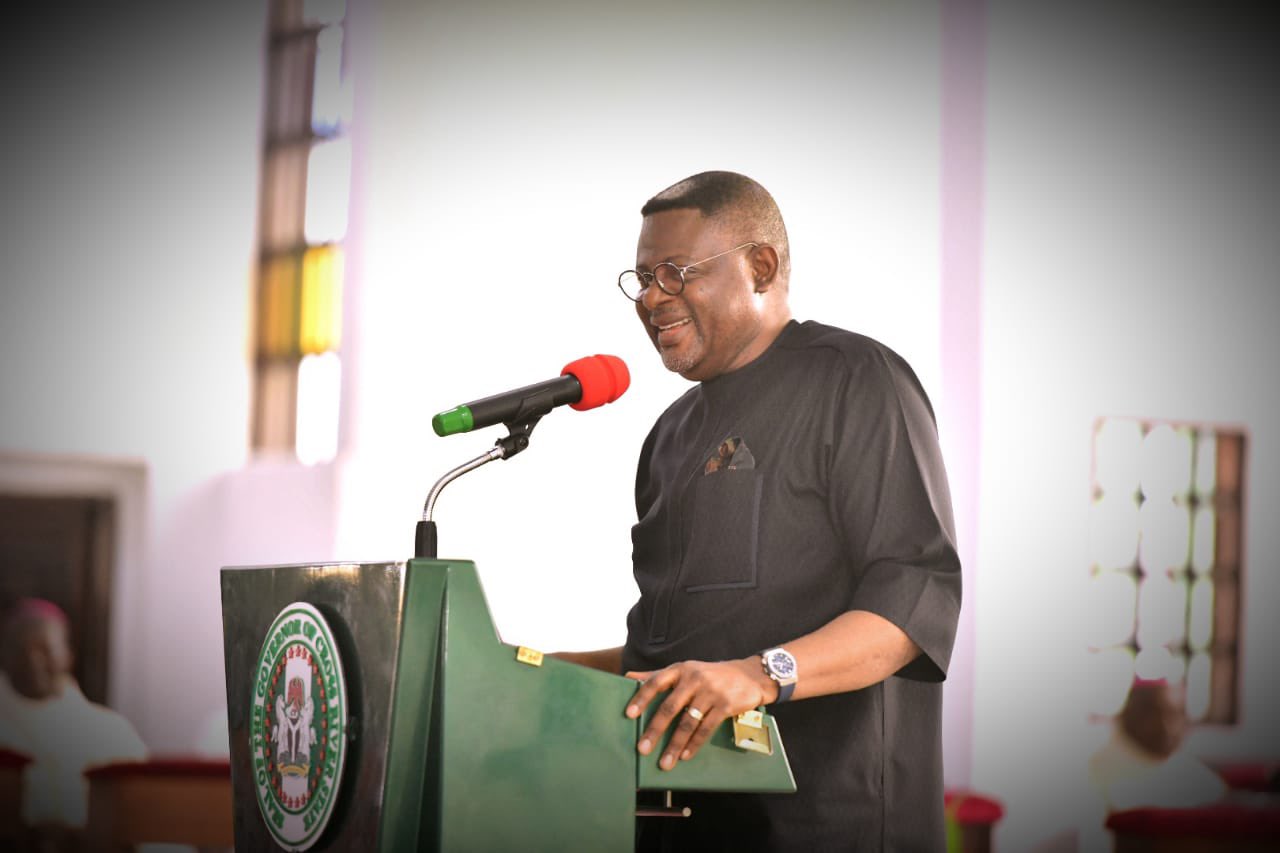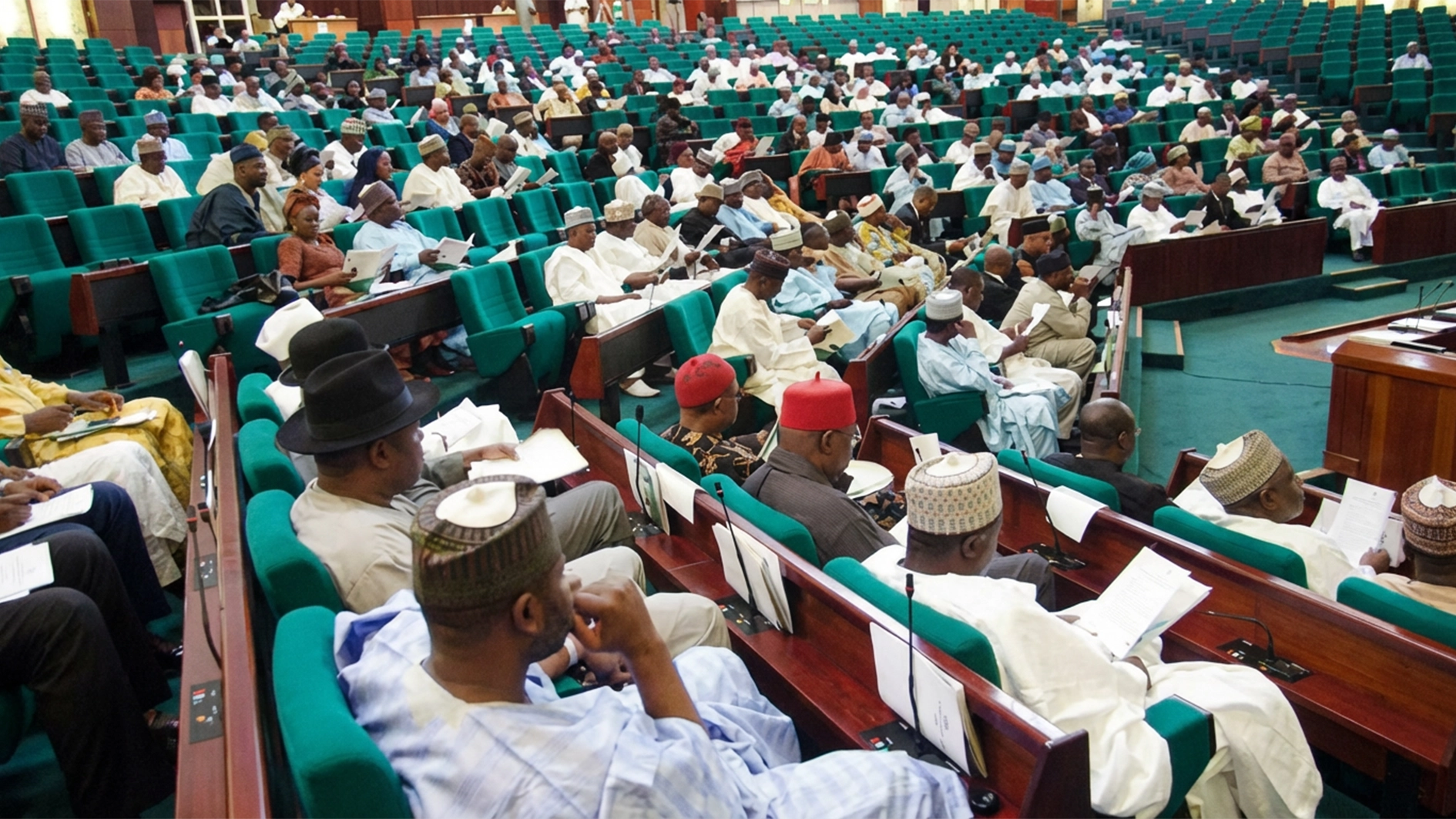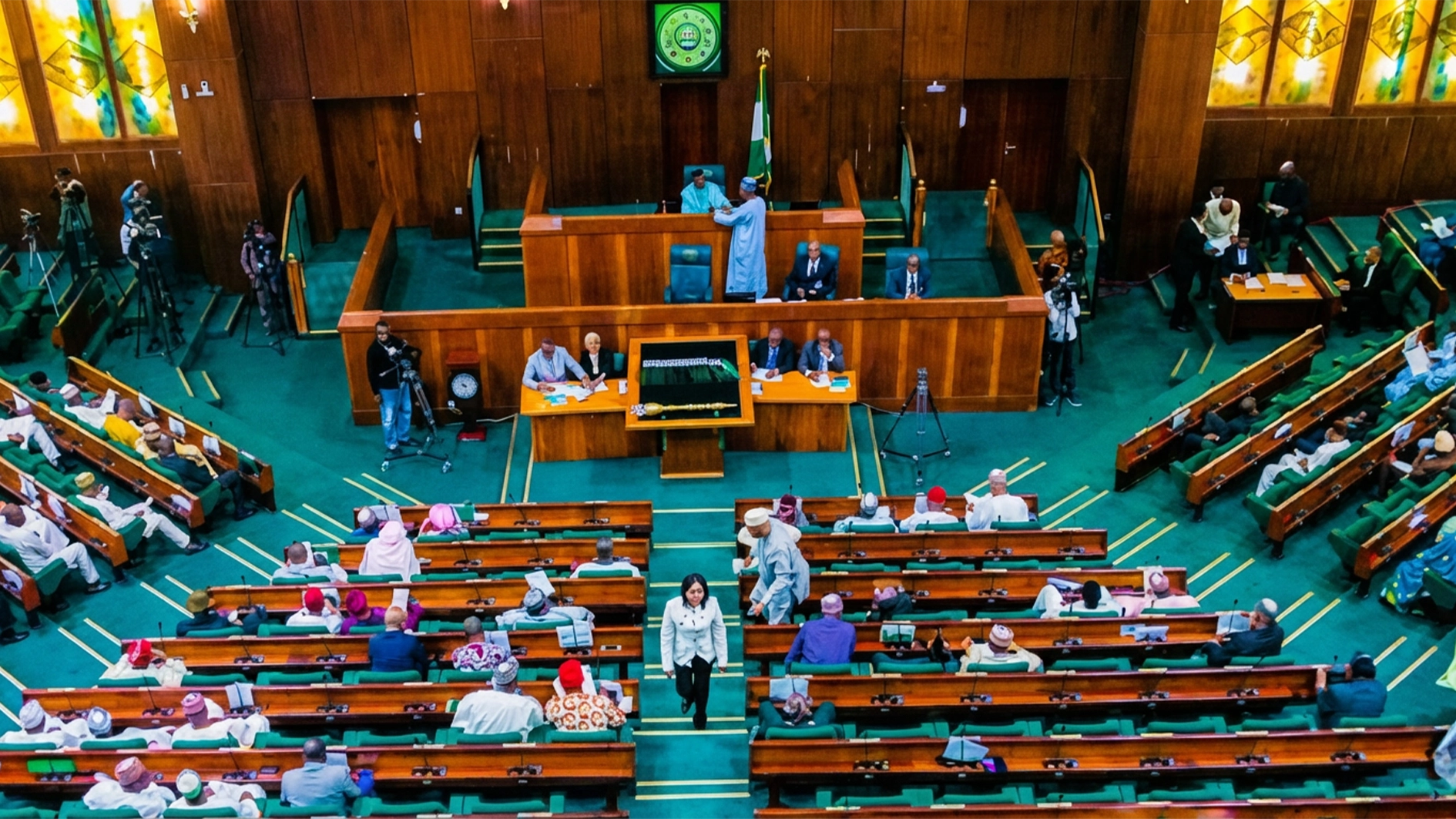
Anthony Adegbulugbe is a professor of energy planning and management as well as the Chief Executive of Green Energy International Limited. In this interview with KINGSLEY JEREMIAH, he discusses prevailing issues in the oil and gas industry, including the implementation of the Petroleum Industry Act, the rising cost of oil production, Nigeria’s stranded oil wells and the infrastructural challenges.
There has been a push to reduce oil production costs in Nigeria, yet recent figures suggest it is around $40 per barrel. What factors do you think are driving up the cost and how have you managed to keep your operations efficient?
While I cannot speak to the specifics of other companies’ challenges, inefficiencies like oil theft and lengthy contracting cycles have been cited as contributing factors. For example, theft can significantly impact costs as companies must spend more to produce the same amount of oil.
In contrast, we have managed to minimise these inefficiencies in our operations. Building the terminal is part of our strategy to streamline processes and mitigate risks like theft. Our smaller scale and focus allow us to operate with greater flexibility and transparency, which in turn helps control costs. Unlike larger companies with lengthy contracting cycles, we make decisions quickly and implement them efficiently. When it takes a longer time to make decisions on projects, unlocking the benefits of the projects will be challenging. We need to reach decisions quickly and reduce contracting cycles.
What do you think are the key factors that make your company’s approach to cost management successful and how could other companies learn from this?
Investing in capacity building has been essential to our success. We have dedicated substantial resources to training our staff, from engineers to economists, lawyers and technical experts. Our team is well-equipped with skills and knowledge that allow us to handle financial modelling, technical analysis and other critical tasks internally. This reduces our reliance on external consultants and speeds up decision-making.
For instance, we can approach banks with well-prepared financial models, which help in negotiations and avoid unnecessary delays.
Do you believe Nigeria’s oil production level is where it should be? What changes could help us meet production targets?
I believe there is room for significant improvement. While we often talk about ambitious Memorandum of Understanding (MoU) and large investments, there are numerous low-hanging fruits in the industry. Many fields with proven reserves remain underutilised due to logistical issues. By building infrastructure like our terminal, we are helping these stranded fields become part of the production network. With similar projects, Nigeria could add up to 500,000 barrels to the production mix at minimal cost within a few years. The fiscal regime can indeed be optimized to support production growth. Hundreds of fields are ready for production but need evacuation routes. With relatively simple solutions—such as re-entering existing wells and connecting them to efficient evacuation routes—we could increase output significantly.
Where does Green Energy stand now in terms of your operation in the upstream and within the midstream? Are there plans for the downstream sector?
Thank you very much. We have been growing steadily in terms of production. At some point early this year, we achieved up to 11,000 barrels of oil per day. Since then, there has been some decline, which is due to both technical and natural causes. The pressure tends to decrease over time.
As we speak, we’ve also initiated another drilling campaign. Our goal is to drill three more wells, which we hope to complete by the first quarter of next year. We are aiming for about 15,000 barrels of oil per day with this campaign.
In terms of oil production, our progress has been steady as anticipated. Every two years, we undertake another drilling campaign. This year’s drilling is particularly intriguing because we are testing a new reservoir. Previously, we drilled into two reservoirs we’ve been drawing oil from, but now we want to test an untapped cold reservoir. Although we have not tested it yet, our geologists and subsurface experts suggest it has significant potential based on recent studies.
Regarding gas, what steps have you taken to ensure environmental responsibility, particularly in maximising gas flaring?
We are very committed to avoiding gas flaring, both for environmental reasons and because of the economic benefits. To support this, we installed a 12 million standard cubic feet per day (mmscf/d) LPG extraction plant, which has been operational since the beginning of the year. This plant produces 50 to 60 tons of LPG per day.
Because the plant is new, we had to get accustomed to its operations. However, we’ve been managing it ourselves without any original equipment manufacturer (OEM) assistance and it has performed excellently.
Additionally, to reduce flaring further, we are expanding our power plant capacity. Initially, we had about six megawatts of gas-fired generation, but we are increasing this to around 16 megawatts to meet new demand, particularly from a nearby oil export terminal being developed through a strategic alliance with another by our sister company. This terminal requires significant power, so we’re installing an additional 10 megawatts to accommodate the energy needs. Expanding this capacity will ensure we utilize our gas efficiently rather than flaring it.
You had discussed the need to refine your crude locally instead of exporting it. What can you tell us about the terminal project with your strategic partner, Atlantic Terminal Infrastructure Limited as well as your plan to build a refinery?
With Atlantic Terminal Infrastructure Limited, we are developing a 750,000-barrel storage capacity terminal located two kilometres from our field. This terminal will serve not only our production but also the surrounding “stranded fields”—those located 10 to 20 kilometres away that currently lack efficient export routes. It’s an exciting project that aligns with our broader mission of infrastructure development and resource optimization.
Initially, building a refinery was a top priority for us, but priorities have shifted over time.
Our focus has moved toward gas utilisation and the terminal project, which we believe offers a better return on investment at this stage. This decision reflects our approach to optimizing the use of limited capital by targeting projects that can unlock greater value both for us and for the industry, such as our terminal’s role in supporting stranded fields. Although refinery construction is still on our radar, we’re concentrating on gas and terminal projects for now.
Do you feel the PIA has been implemented effectively? Are there areas that need improvement?
The PIA took a considerable amount of time to formulate, and so far, we haven’t encountered any issues with its implementation. We view it as a workable framework. There may be an occasional need for minor adjustments, but the regulator, NUPRC, has been diligent in seeking input from industry stakeholders before enacting any new regulations. Overall, we’re satisfied with its rollout and the industry’s growth.
Some voices have called for a review of the PIA, but I think that might be premature. There is no perfect document, but as far as my company is concerned, the PIA implementation has met our expectations, and we haven’t faced significant problems. The regulatory agencies have been responsive, especially with any issues that arise from major developments like the Dangote refinery’s entry. Calling for a repeal seems hasty, in my view; the framework is robust enough to support gradual improvements.
With the private sector’s investment in local refinery capacity, how do you think we can establish a robust crude supply chain to support these refineries?
This is a multi-faceted issue, and it’s one that both government and private sector operators are actively addressing. Recently, we’ve seen discussions around strategies like purchasing crude in local currency, and the government is evaluating a range of options. Committees have been set up to explore financial and logistical solutions that could streamline transactions between refineries and upstream suppliers. I believe we’re making progress and with consistent dialogue and structured planning, we’ll establish an optimal supply system.
The aim is for Nigeria to move toward refining a larger share of its crude domestically, adding economic value beyond just exporting raw materials.






